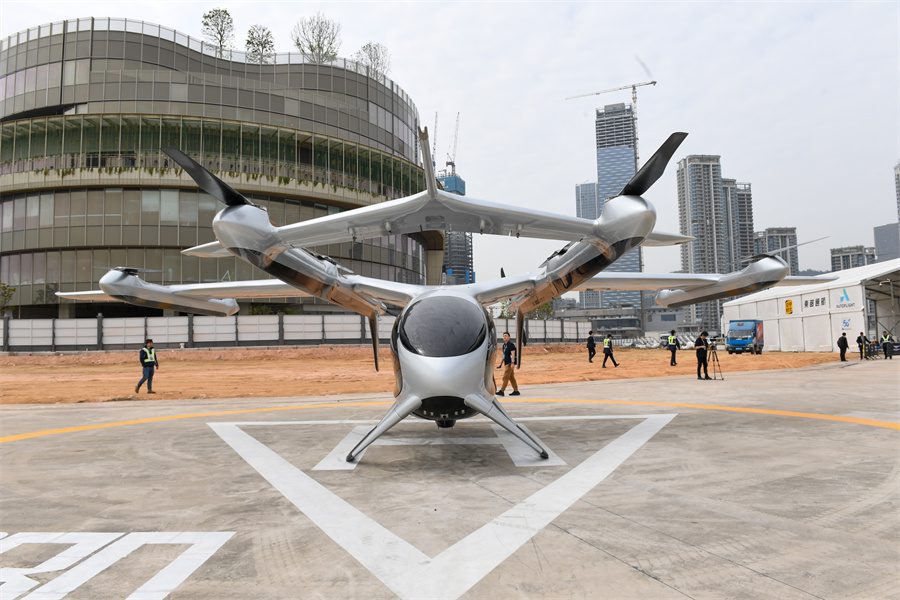Unmanned Military Vehicles (UMVs) have transformed warfare by offering increased precision, reduced risk to human life, and the ability to operate in dangerous environments. With various forms such as drones, UGVs, and UAVs, UMVs are utilized for tasks ranging from surveillance to combat missions. However, challenges like cybersecurity and ethical concerns must be addressed for UMVs to reach their full potential. The future of UMVs looks promising with advancements in AI, materials, sensors, and propulsion systems, allowing for autonomous operations and improved efficiency on the battlefield. Overall, UMVs offer numerous benefits and will continue to shape the future of military operations worldwide.
Breaking Barriers: The Future of Unmanned Military Vehicles
Introduction
Unmanned Military Vehicles (UMVs) have revolutionized warfare in recent years, allowing for increased precision, reduced risk to human life, and the ability to operate in environments that would be too dangerous for manned vehicles. As technology continues to advance, the capabilities of UMVs are only expected to grow, breaking barriers in military operations.
Current State of UMVs
Currently, UMVs come in various forms, including drones, unmanned ground vehicles (UGVs), and unmanned aerial vehicles (UAVs). These vehicles are used for a range of tasks, from surveillance and reconnaissance to combat missions. They have proven to be effective in providing real-time intelligence, striking targets with precision, and even delivering supplies to troops in remote locations.
Challenges and Barriers
Despite their advancements, UMVs still face challenges and barriers that need to be overcome for their full potential to be realized. One of the main challenges is ensuring cybersecurity to prevent hacking and unauthorized access to these vehicles. Additionally, the ethical implications of using UMVs in warfare raise questions about accountability and decision-making.
The Future of UMVs
As technology continues to advance, the future of UMVs looks promising. One of the key areas of development is in artificial intelligence (AI) and machine learning, which will enable UMVs to operate autonomously and make decisions in real time. This will allow for faster response times and more efficient operations on the battlefield.
Advancements in UMVs
Advancements in UMVs extend beyond AI, with developments in materials, sensors, and propulsion systems all contributing to their capabilities. For example, lightweight materials will allow for increased payloads and longer flight times for UAVs, and advanced sensors will provide greater situational awareness for UGVs operating in challenging environments.
Benefits of UMVs
UMVs offer a range of benefits to military operations, including reduced risk to human life, increased precision in strikes, and the ability to operate in hazardous environments. They also have the potential to reduce costs and improve efficiency by streamlining logistics and supply chain operations.
Conclusion
The future of UMVs is bright, with technology advancements breaking barriers in military operations. As these vehicles continue to evolve, they will play an increasingly important role in modern warfare, providing strategic advantages to military forces around the world.
